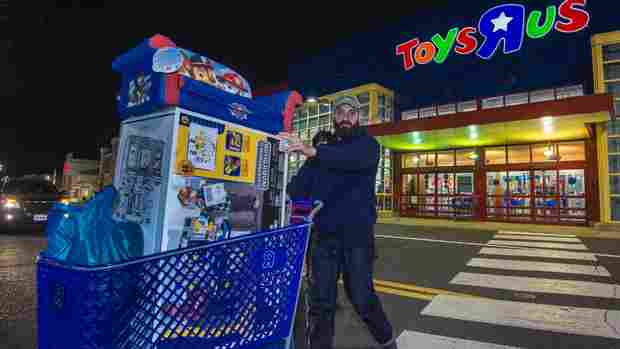
 The implosion of Toys R Us came six months after the company sketched out a plan to get back on its feet by using bankruptcy to get a fresh start.
The implosion of Toys R Us came six months after the company sketched out a plan to get back on its feet by using bankruptcy to get a fresh start.
A shopper looks for gifts inside of the Toys R Us store during early Black Friday events on Nov. 24, 2016, in Paramus, N.J
he sudden implosion of Toys R Us came about six months after the company sketched out an ambitious reinvestment plan to get back on its feet by using bankruptcy to achieve a fresh start.
Toys R Us confirmed Thursday that it plans to close all of its U.S. stores, barring a last-second deal to keep the 200 best locations alive, after its best-laid plans to survive Chapter 11 went awry.
1. The company’s debts were too much to bear
By the time the company was approaching bankruptcy in 2017, it still had about $5 billion in liabilities.
Toys R Us was “starting at an inherent disadvantage because of the debt load,” said Douglas C. Bernstein, a Plunkett Cooney bankruptcy attorney who was not involved in the case.
2. Competitors turned up the heat.
When Toys R Us was down for the count, the company’s chief competitors smelled blood in the water.
Those discounts helped finish off Toys R Us at a time when it badly needed to pile up profits, the company said.The retailer simply “could not compete” with those prices because it relies “exclusively on toys for profit.
3. Terrible timing.
During a period in which the company needed to focus primarily on executing a strong holiday season, the bankruptcy case was an epic distraction.
But in an industry in which returns are key and gift cards are increasingly important, any reason for questioning a retailer’s future during the holiday is enough to shop elsewhere.

